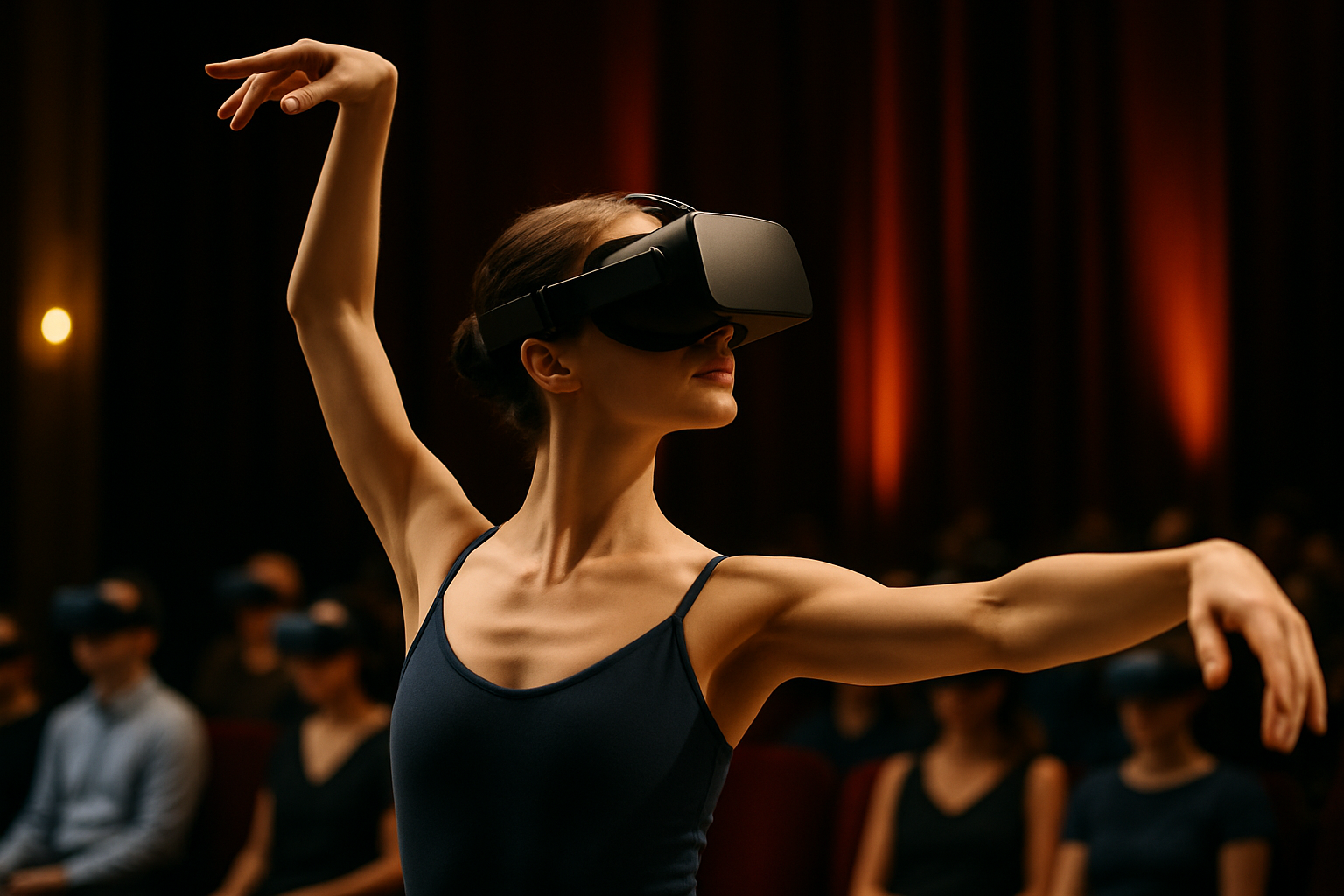Virtual Reality Theaters: Redefining the Cinematic Experience
In an era where digital innovation constantly reshapes our daily lives, the world of cinema is undergoing a transformative revolution. Virtual Reality (VR) theaters are emerging as the next frontier in film exhibition, promising to redefine how audiences engage with storytelling. This groundbreaking fusion of cutting-edge technology and traditional cinema is not just a novelty; it's a paradigm shift that's captivating filmmakers, tech enthusiasts, and moviegoers alike. As we delve into this immersive realm, we'll explore how VR theaters are poised to revolutionize the art of cinematic storytelling and potentially reshape the entire entertainment landscape.

In 2015, the Sundance Film Festival’s New Frontier program showcased VR films for the first time, marking a significant milestone in the medium’s journey towards mainstream acceptance. This event catalyzed a wave of interest from major studios and independent creators alike, all eager to explore the possibilities of this new storytelling canvas.
The Technology Behind the Magic
At the heart of VR theaters lies a complex ecosystem of technologies working in concert to create a seamless, immersive experience. High-resolution displays, precise motion tracking, and spatial audio systems form the core of this revolutionary setup. Each VR headset essentially becomes a personal mini-theater, capable of rendering 360-degree environments with stunning clarity.
Advanced haptic feedback systems are also being integrated, allowing viewers to feel subtle vibrations and textures, further blurring the line between reality and the virtual world. Some cutting-edge VR theaters are experimenting with environmental effects like wind, temperature changes, and even scents to create a multi-sensory cinematic journey.
Reimagining Narrative Structure
VR theaters are not simply about watching traditional films through a headset; they’re opening up entirely new avenues for storytelling. Filmmakers are grappling with the challenges and opportunities presented by a medium where the viewer has agency within the narrative space. Interactive storylines, branching narratives, and viewer-dependent outcomes are becoming increasingly common in VR cinema.
This shift is forcing directors and writers to rethink fundamental aspects of filmmaking, from shot composition to pacing. The traditional rules of cinematography are being rewritten as creators learn to guide the viewer’s attention in a 360-degree space without the benefit of a fixed frame.
The Social Aspect of Virtual Viewing
One of the most intriguing aspects of VR theaters is how they’re redefining the social experience of moviegoing. While traditional cinemas offer a shared physical space, VR theaters can create virtual social environments where viewers from around the world can gather to watch films together. Avatars representing each viewer can interact, discuss the film in real-time, and even share virtual concessions.
This global connectivity is breaking down geographical barriers, allowing for unprecedented cultural exchange through cinema. Film festivals are exploring virtual editions, enabling broader participation and accessibility for both filmmakers and audiences.
Challenges and Controversies
Despite the excitement surrounding VR theaters, the technology is not without its challenges. The high cost of equipment and the need for specialized content creation tools present significant barriers to entry for many creators and exhibitors. There are also concerns about the potential health impacts of prolonged VR use, including eye strain and motion sickness.
Privacy advocates have raised questions about data collection in VR environments, particularly given the immersive nature of the technology. The potential for tracking viewer reactions and even eye movements has sparked debates about the ethical implications of such detailed user data.
The Future of Cinema or a Passing Fad?
As VR theaters continue to evolve, the question remains: Will they become a mainstream form of entertainment or remain a niche curiosity? Industry analysts are divided, with some predicting a VR revolution in cinema, while others see it as a complementary technology rather than a replacement for traditional theaters.
What’s clear is that VR theaters are pushing the boundaries of what’s possible in cinematic storytelling. As the technology matures and becomes more accessible, we’re likely to see an explosion of creativity from filmmakers eager to explore this new medium. Whether VR theaters become the new standard or simply another option in the diverse landscape of entertainment, they’re undoubtedly leaving an indelible mark on the art of cinema.




